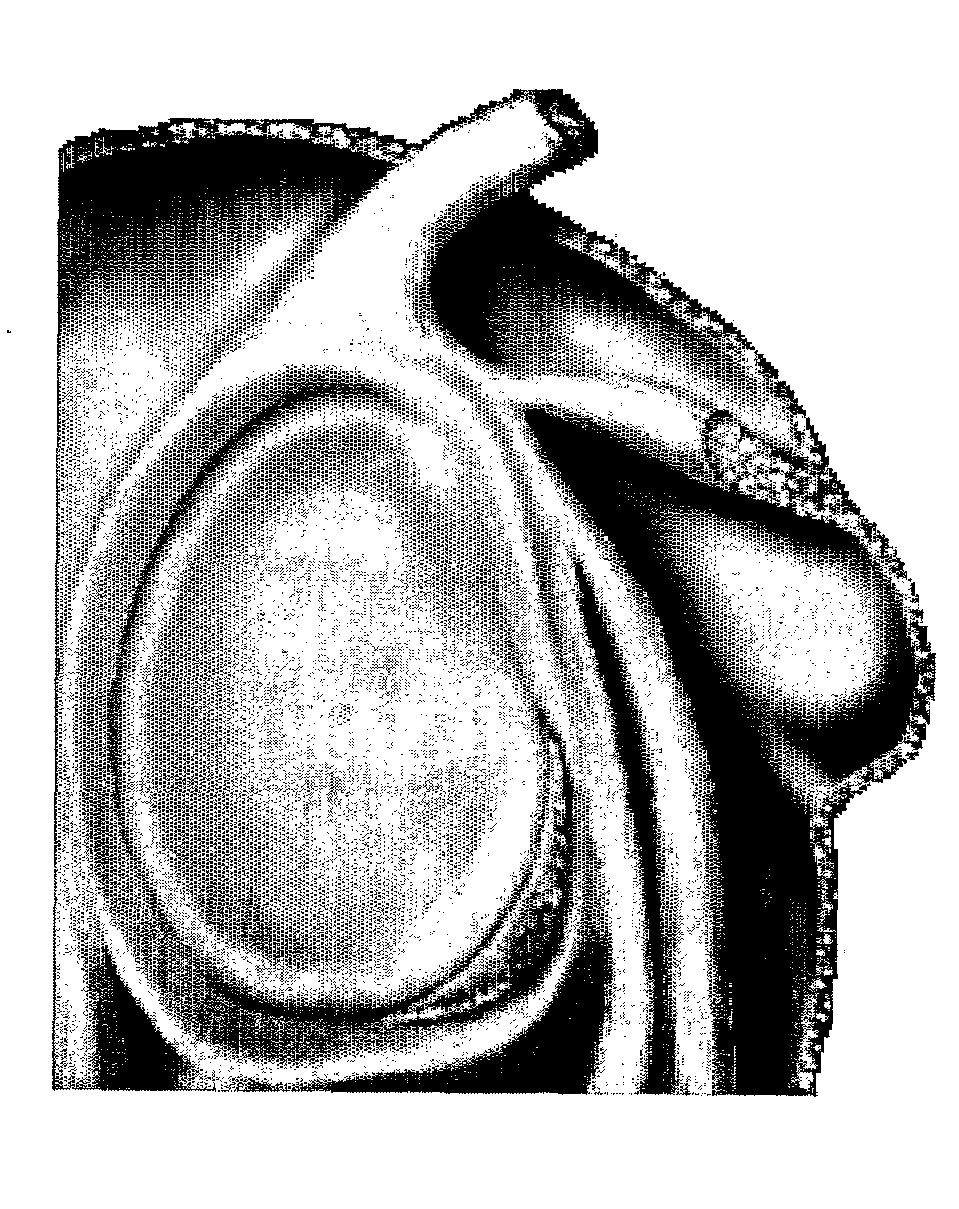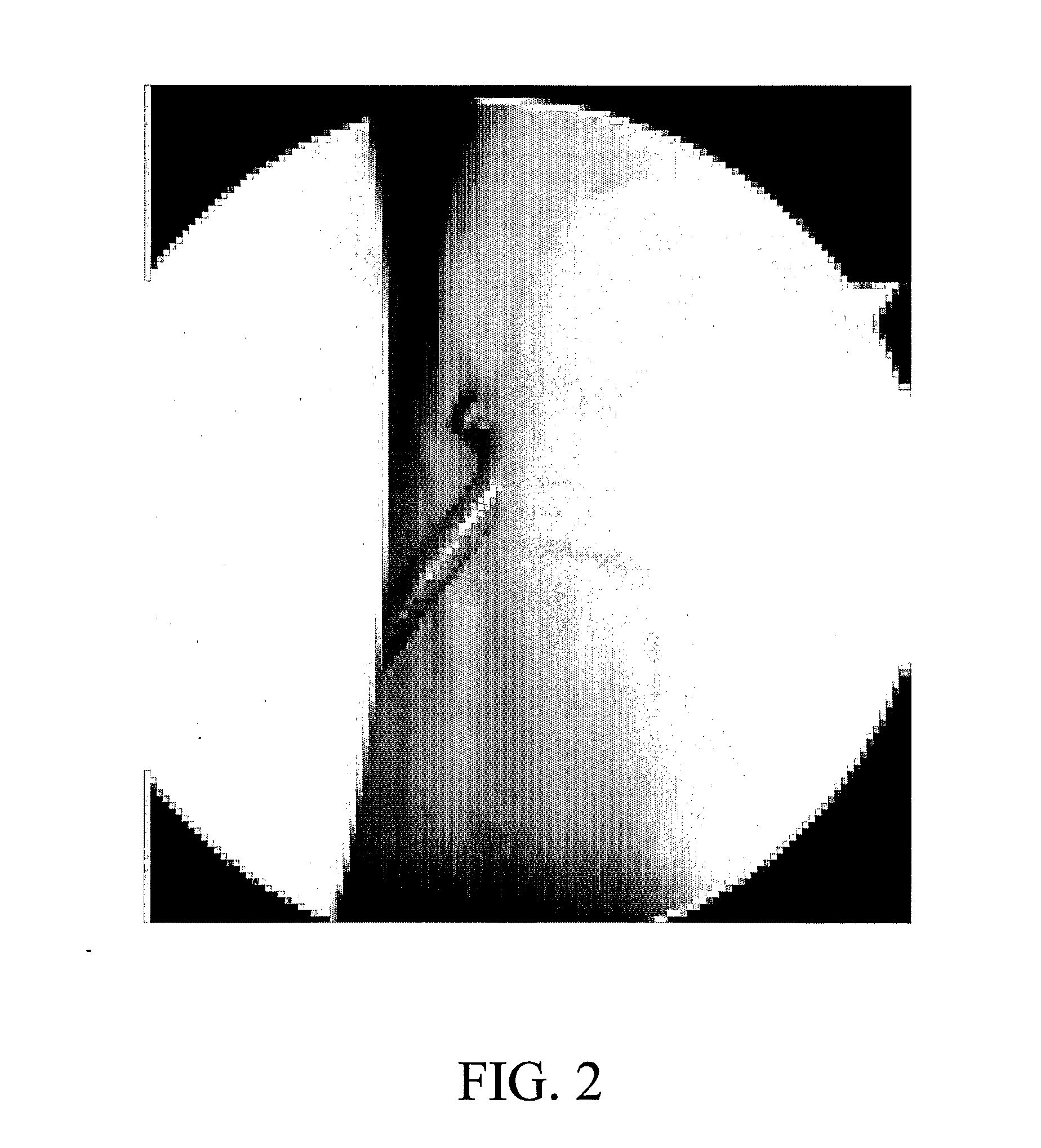Methods, systems, and computer program products for processing three-dimensional image data to render an image from a viewpoint within or beyond an occluding region of the image data
a technology of image data and viewpoint, applied in the field of processing three-dimensional image data, can solve the problems of not always producing a complete surface, unable the resolution of the mri scan may not be sufficient to define a threshold as high as in other areas of the volume, etc., to achieve good voxel resolution, small features, and good contrast
- Summary
- Abstract
- Description
- Claims
- Application Information
AI Technical Summary
Benefits of technology
Problems solved by technology
Method used
Image
Examples
Embodiment Construction
[0075]As stated above, the subject matter described herein includes methods, systems, and computer program products for processing three-dimensional image data to render an image from a viewpoint within or beyond an occluding region of the image. For example, it may be desirable to render a cartilage surface of a shoulder socket from the viewpoint within the shoulder head. FIGS. 1A and 1B respectively illustrate a shoulder socket cutaway from a textbook31 and a shoulder socket image generated using a technique described herein, referred to as volumetric depth peeling. It can be seen that the image in FIG. 1B includes detail of the inner surface of the shoulder joint that is not shown in the image drawing in FIG. 1A.
[0076]Volumetric depth peeling (VDP) is an extension to volume rendering that enables display of otherwise occluded features in volume data sets. VDP decouples occlusion calculation from the volume rendering transfer function, enabling independent optimization of settings...
PUM
 Login to View More
Login to View More Abstract
Description
Claims
Application Information
 Login to View More
Login to View More - R&D
- Intellectual Property
- Life Sciences
- Materials
- Tech Scout
- Unparalleled Data Quality
- Higher Quality Content
- 60% Fewer Hallucinations
Browse by: Latest US Patents, China's latest patents, Technical Efficacy Thesaurus, Application Domain, Technology Topic, Popular Technical Reports.
© 2025 PatSnap. All rights reserved.Legal|Privacy policy|Modern Slavery Act Transparency Statement|Sitemap|About US| Contact US: help@patsnap.com



